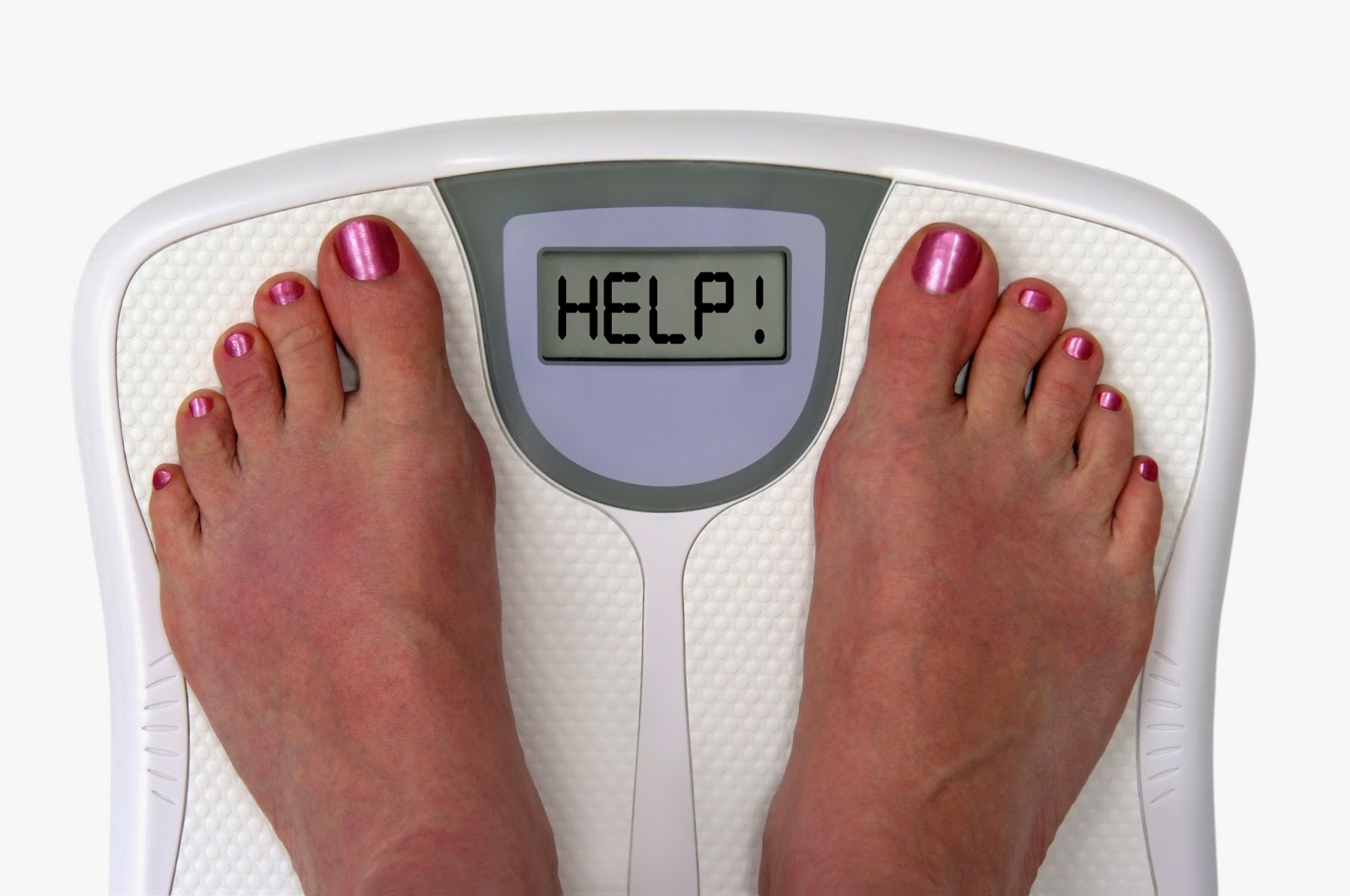 Research on the effects of the medication buprenorphine has demonstrated that it decreases opioid use when it is implanted under the skin. What exactly is an opioid? An opioid is more commonly known as heroin or prescription pain medications, such as oxycodone, hydrocodone, morphine, oxymorphone, fentanyl etc.
Research on the effects of the medication buprenorphine has demonstrated that it decreases opioid use when it is implanted under the skin. What exactly is an opioid? An opioid is more commonly known as heroin or prescription pain medications, such as oxycodone, hydrocodone, morphine, oxymorphone, fentanyl etc.
On the other hand, buprenorphine is a semi-synthetic opioid that is used to treat opioid addiction and to control moderate pain in non-opioid tolerant individuals. It is comparable to methadone treatment; though it is much more convenient as it does not require daily dispensing at a facility. Buprenorphine itself can be used recreationally, however in an effort to prevent injection of the drug, the Suboxone formulation includes naloxone, which precipitates opiate withdrawal and blocks any opiate effect.
Many studies have already supported the treatment of opioid addiction with buprenorphine; however, addicts often have difficulty keeping up with treatment as the medication is typically placed under the tongue to dissolve. As a result, when treatment isn’t followed accurately, it leaves room for cravings and withdrawal symptoms to creep in, which increases the likelihood that relapse may occur.
“To address these problems with adherence and nonmedical use, an implantable formulation of buprenorphine was developed that delivers a constant and low level of buprenorphine.”
Between the period of April 2007 and June 2008, Walter Ling, M.D., of the University of California, Los Angeles, and fellow researchers studied the effects of buprenorphine implants for treatment of opioid dependence at 18 different locations in the United States.
Of the addicts aged 18 to 65 years of age, diagnosed with opioid dependence, studied, 108 had buprenorphine implants while 55 had placebo implants. Four implants were placed under the skin on the inside of the non-dominant arm. Those with the real implants received gradual doses of 80 mg of buprenorphine.
In addition, all patients in the study were provided with standardized individual drug counseling. Opioid use was verified by urine samples. At the 6 month mark, all implants were removed.
“During the course of the study, the buprenorphine implant group had significantly more urine samples negative for illicit opioids during weeks 1 through 16. Patients with buprenorphine implants had an average percentage of urine samples that tested negative for illicit opioids of 40.4 percent and a median (midpoint) of 40.7 percent; those in the placebo group had an average of 28.3 percent and a median of 20.8 percent.”
Additionally, there were 65.7{c754d8f4a6af077a182a96e5a5e47e38ce50ff83c235579d09299c097124e52d} of the patients that received treatment with buprenorphine who remained in the study for the full 24 weeks, whereas only 30.9{c754d8f4a6af077a182a96e5a5e47e38ce50ff83c235579d09299c097124e52d} of those that received a placebo drug persevered for the duration of the study.
Consequently, the study concluded that 30.9{c754d8f4a6af077a182a96e5a5e47e38ce50ff83c235579d09299c097124e52d} of patients in the placebo group had been unsuccessful in their treatment, whereas none of those that received buprenorphine failed their treatment. Furthermore, researchers claim that:
“Those who received buprenorphine implants also had fewer clinician-rated and patient-rated withdrawal symptoms, had lower patient ratings of craving, and experienced a greater change on clinician global ratings of severity of opioid dependence and on the clinician global ratings of improvement than those who received placebo implants”.
Hence, this type of treatment for opioid use could prove to be very successful for many addicts once results have been replicated time and time again.
Implanting Medication to Treat Opioid Dependence Appears Beneficial in Decreasing Opioid Usage
Buprenorphine
© www.understandingaddictions.com
SOURCE: Understanding Addictions – Read entire story here.



